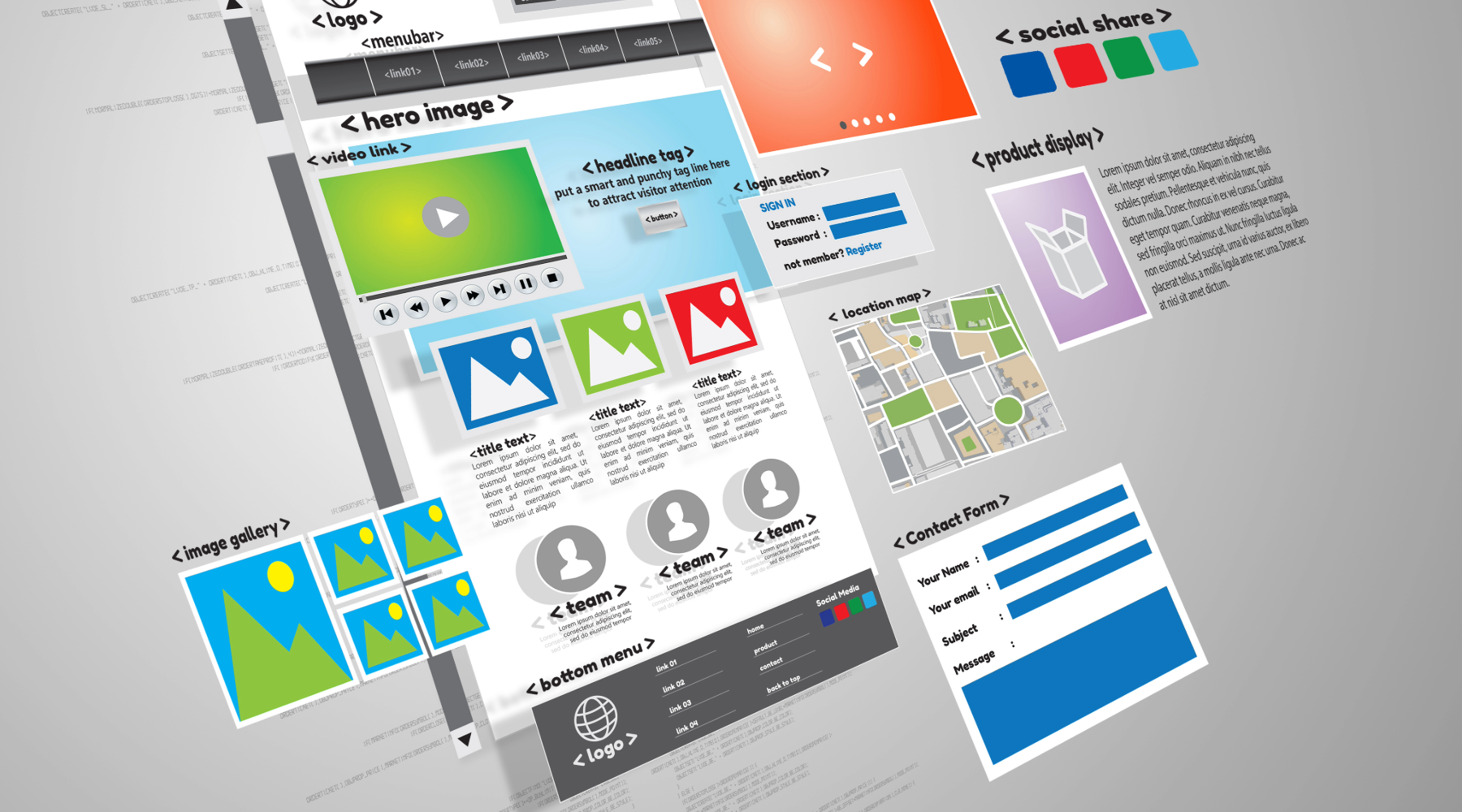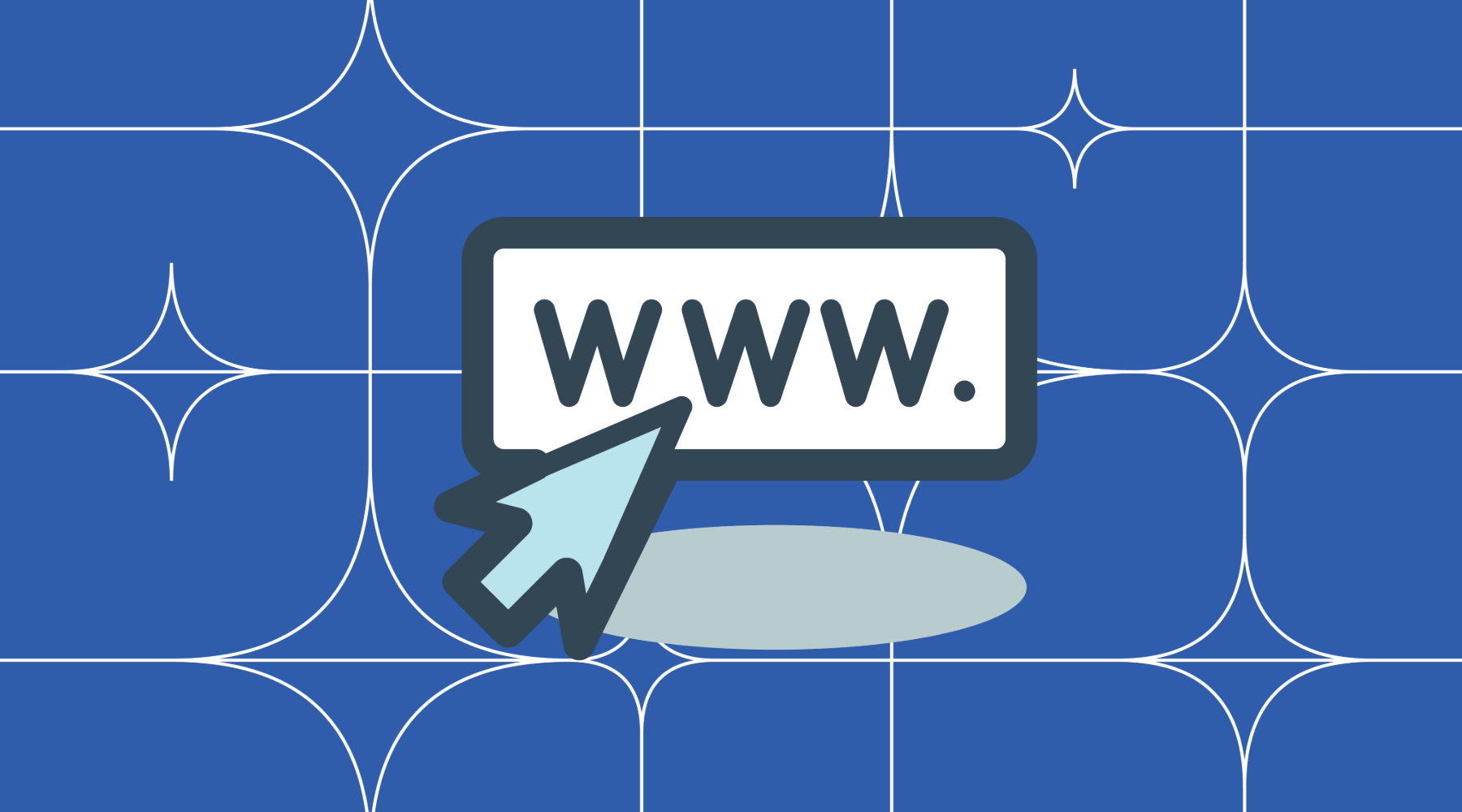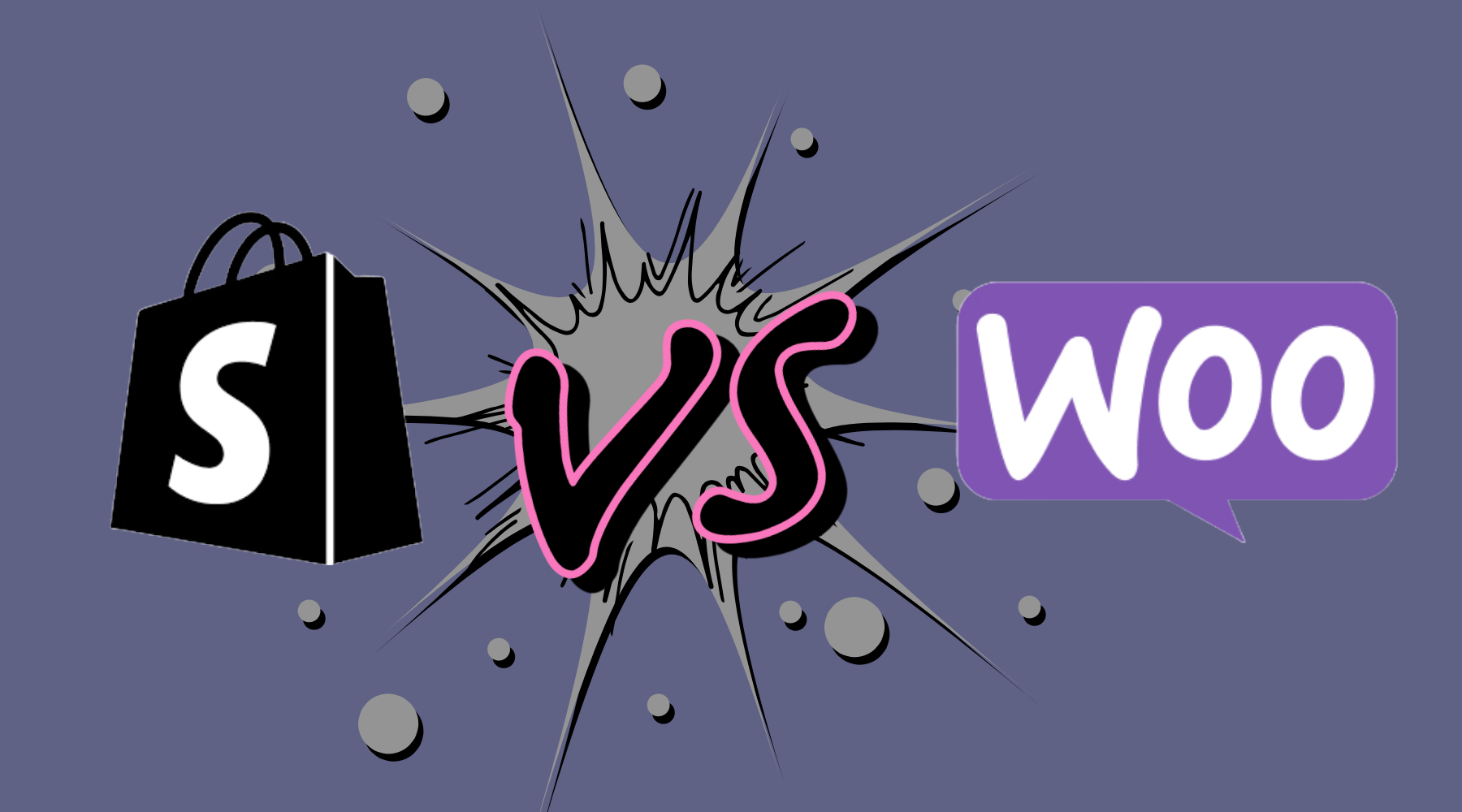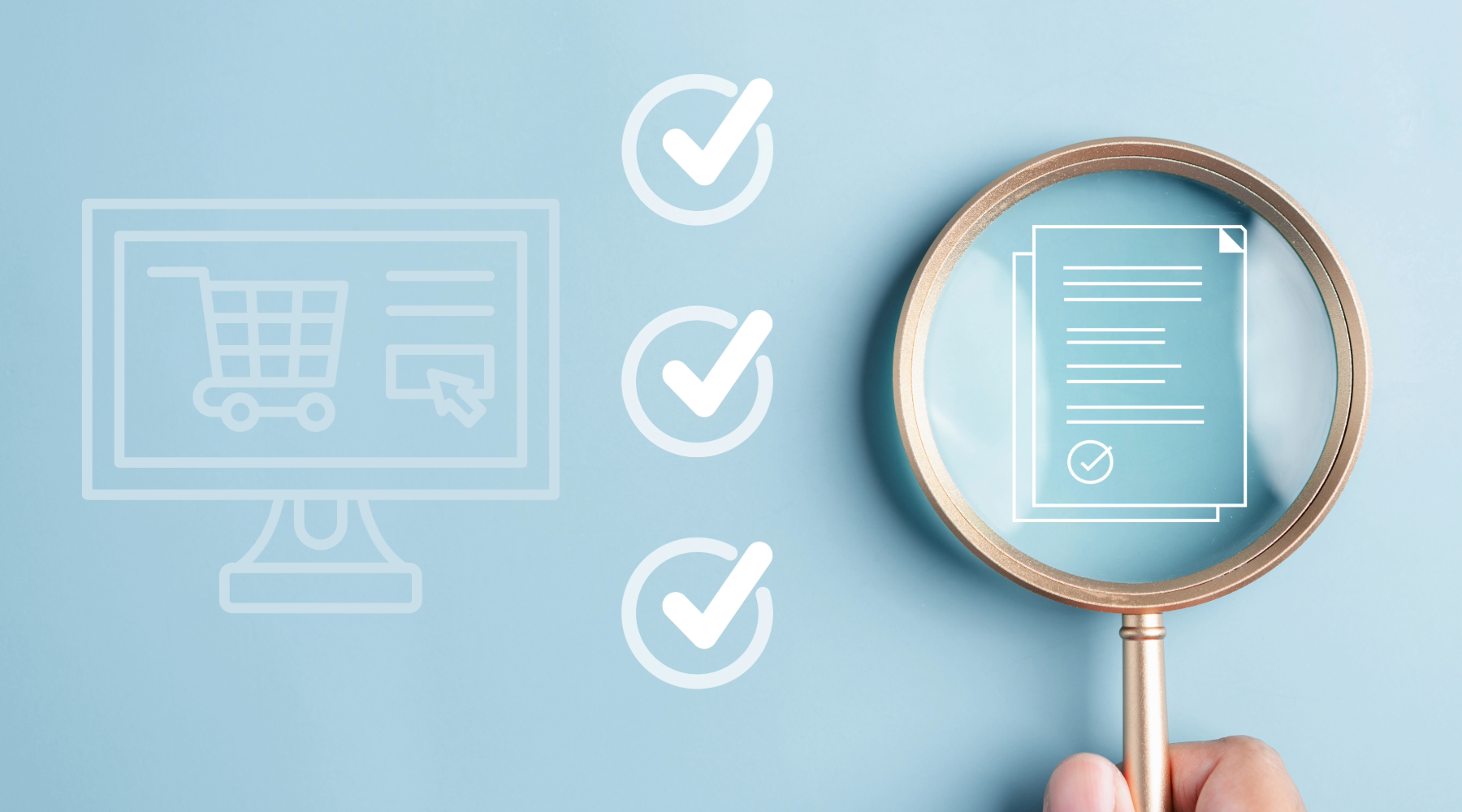
Website Characterization: How to Initiate It
Summary:
Before you start building your website, it's essential to properly characterize it to ensure you're aligned with your business goals, user needs, and technical capabilities. Website characterization involves gathering all the necessary details that will influence your site’s structure, design, and functionality. Here's how to initiate the website characterization process:
1. Define the Purpose and Goals: First, you need to clearly define the primary purpose of your website. Are you creating a blog, an e-commerce platform, a portfolio, or something else? Knowing this will guide your decisions throughout the development process. Make sure to align your website goals with your business objectives, whether that’s increasing traffic, generating leads, or selling products. This will provide a clear roadmap as you proceed.
2. Identify Your Target Audience: Understanding who will be visiting your site is crucial. Conduct user research to identify your target audience’s needs, preferences, and behaviors. This research could involve surveys, user interviews, or competitor analysis. By knowing your audience, you can tailor the user experience to meet their expectations, which ultimately helps increase engagement and conversions.
3. Research Competitors: Examine websites within your niche to understand how they present their products, services, or content. Look at their design, navigation, user experience, and content. Analyzing competitors helps you identify industry standards and opportunities for differentiation. It also helps you avoid common mistakes and find areas for improvement.
4. Plan Your Website Structure: Once you’ve gathered insights from the purpose, target audience, and competitors, it’s time to plan the structure of your website. This involves creating a sitemap that organizes all the pages your website will have and their relationships to each other. A well-thought-out structure ensures that visitors can easily navigate your site and find the information they need.
5. Focus on User Experience (UX): The user experience is one of the most important aspects to consider when characterizing a website. The navigation, layout, speed, and accessibility of the site all play a major role in user satisfaction. Plan to design an intuitive and responsive site that works well on both desktop and mobile devices. Tools like Hotjar can provide insights into how users interact with your site.
6. Design with Accessibility in Mind: Accessibility ensures that your website can be used by people with disabilities. This can involve adding alt text to images, using high contrast colors, and ensuring that your site is navigable via keyboard. A great way to ensure accessibility is by following guidelines like the WCAG guidelines for web content accessibility.
7. Define Functionalities and Features: Based on your website goals, decide what specific features and functionalities your site will need. For an e-commerce site, this might include shopping carts, payment gateways, and product pages. For a blog, it might include comment sections, social media integration, and an easy-to-use content management system (CMS). Planning these features early on will help streamline the development process.
8. Consider Technical Requirements: Finally, think about the technical aspects of your website. What platform will you build it on? WordPress, Shopify, and other platforms offer different capabilities depending on your site needs. Make sure you also consider the hosting environment, load time optimization, security features, and scalability for future growth.
Conclusion: Initiating the website characterization process is key to building a successful site. By defining your goals, understanding your audience, analyzing your competitors, and focusing on design, functionality, and technical requirements, you can lay a strong foundation for your website. With this plan in place, you’ll be equipped to create a website that aligns with your business objectives and delivers a seamless user experience.





















